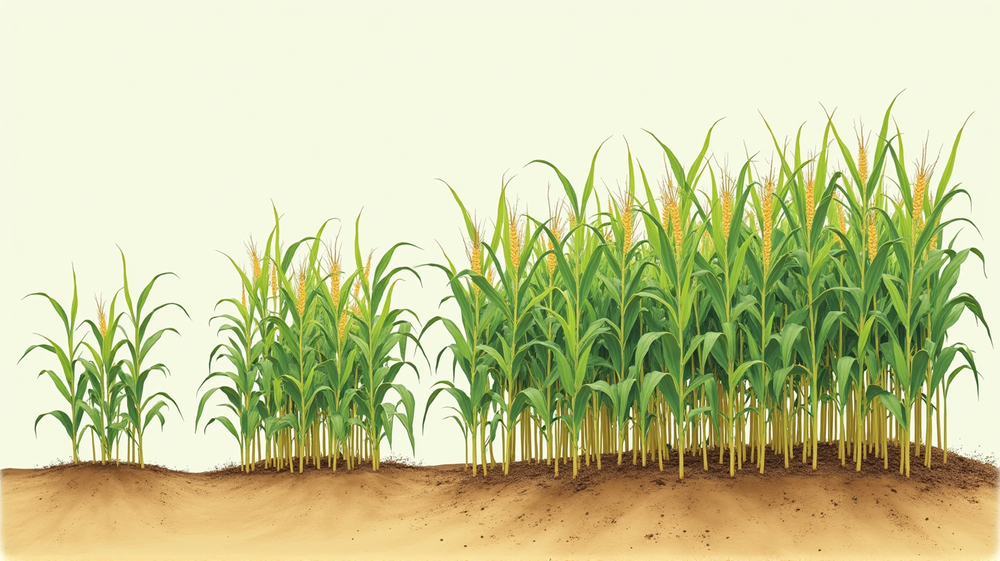Innovative Growth Models Revolutionize Crop Yield and Water Efficiency
In the ever-evolving field of agriculture, precision and efficiency have become more crucial than ever. As we seek to enhance productivity while optimizing natural resource usage, new breakthroughs in crop yield and water productivity modeling, using nonlinear growth functions, are paving the way for sustainable agricultural practices. At the forefront of this innovation are the Logistic and Gompertz models, powerful tools that simulate biological growth and water consumption with remarkable accuracy. These models not only provide invaluable insights for precision agriculture but also serve as decision-support tools for agricultural management, especially in water-limited regions.
Precision in Plant Growth Dynamics
Understanding crop growth is essential for boosting agricultural productivity. In our study, we employed nonlinear growth models, specifically Logistic and Gompertz models, to predict the biological yield and water productivity of maize in arid and semi-arid regions. By leveraging growing degree days (GDD) as a key predictive factor, these models achieved striking accuracy, with R² values exceeding 99% under pulse irrigation. Such precision ensures that we can better manage irrigation and optimize yield predictions, supporting overall resource efficiency.
Trajectories of Crop Yield
As we explored the dynamics of plant growth, revealed by the Logistic and Gompertz models, we observed unique growth trajectories. These models illuminate how variables such as irrigation levels and climate conditions impact the growth rate of maize. By simulating outcomes under varying water availability and applying empirical data, researchers can better predict ideal irrigation strategies that maximize yield without overusing water—crucial in battling the global water scarcity crisis.
Breakthroughs in Irrigation Management
Water productivity (WP) is a critical factor in assessing the efficiency of agricultural practices. With an in-depth examination of how maize responds to varying irrigation levels, these models offer a clear path to enhancing WP almost seamlessly. Their biologically relevant parameters allow researchers to delve deeper into plant-water interactions and define optimal conditions for sustainable water use. The insights gleaned from both Logistic and Gompertz models drive tailored irrigation solutions, promoting both economic viability and environmental stewardship.
Evolution of Predictive Agricultural Models
While the intricacies of growth dynamics have been extensively modeled, these nonlinear sigmoidal functions offer a simpler yet robust method for forecasting crop outcomes. Although they do not capture every physiological nuance of plant growth, their ability to faithfully characterize crop-water interactions makes them indispensable in precision agricultural applications. From forecasting potential yields to shaping strategic irrigation management, these predictive models underscore the harmony between agricultural technology and nature’s rhythms.
Toward the Future of Agricultural Sustainability
The aim is not just optimization but transformation; these models display a marriage of simplicity and sophistication, enabling them to be easily integrated into smart agricultural systems. Among numerous plans for the future lies the ambition to adapt this modelling approach across broader climates and to explore additional crop applications. By further validating these empirical models under diverse conditions and expanding their scope, we can lay a solid foundation for worldwide agricultural reform, ensuring resilience in food production systems amid environmental unpredictability.
As stated in Nature, these findings in nonlinear modeling represent a critical step in the future of precision agriculture, echoing a commitment to innovation and sustainability in farm management practice. Embracing these strategies allows decision-makers to harness the full potential of their land, focusing on the nuanced dance between yield and resource conservation.




